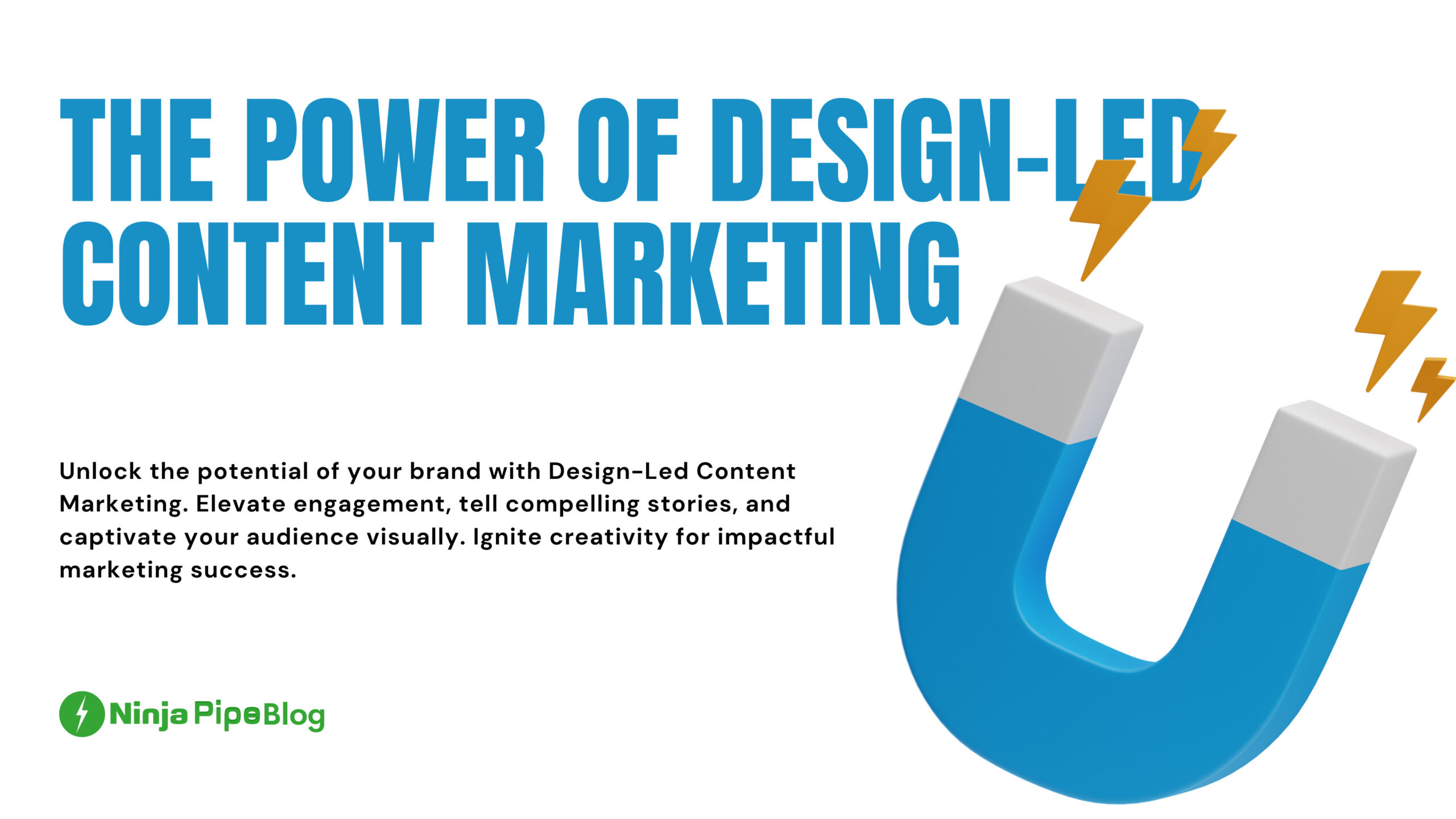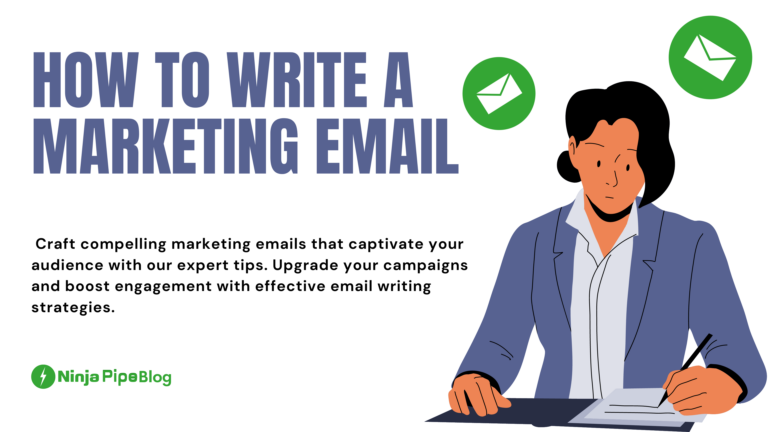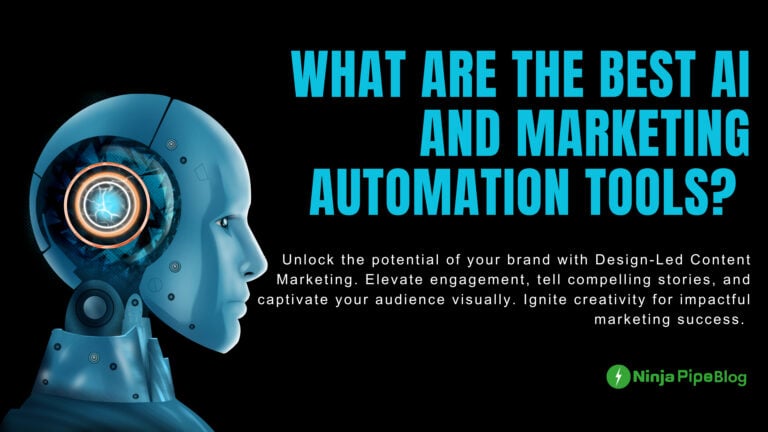Unlock the potential of your brand with Design-Led Content Marketing. Elevate engagement, tell compelling stories, and captivate your audience visually. Ignite creativity for impactful marketing success.
Introduction:
In the digital age, where attention is a precious commodity, marketers face a daunting challenge to break through the noise and capture their audience’s interest. The sheer volume of content being produced has led to information overload, leaving consumers inundated and unable to absorb every piece of content that comes their way.
This article explores a game-changing approach in the realm of content marketing—placing design at the forefront. In a world saturated with textual information, the potency of visually-driven content becomes paramount in cutting through the clutter and establishing a true competitive edge.
The Power of Design-Driven Marketing:
Amidst the content deluge, the significance of captivating and creative design cannot be overstated. According to research by the Design Management Institute, companies prioritizing design have outperformed the Standard & Poor’s 500 by a substantial margin—underscoring the tangible advantages of a design-led approach.
Embracing design as a core element of marketing strategy can elevate your brand, ensuring it rises above the cacophony of information and gains a distinct competitive advantage.
Integrating Design into Content Marketing:
Given that content marketing is predominantly text-driven, the infusion of beautiful design may seem challenging. However, it goes beyond mere graphics and fonts. Creative design acts as a catalyst, instigating desire for your product or service. The synergy of eye-catching design and compelling words clarifies your offering, making it unique and appealing. This holds true across all facets of content marketing, from landing pages and websites to email campaigns and social media efforts.
Creating Desire for Your Product or Service:
To enhance conversions, design-led content marketing must tap into the emotional landscape of the target audience. Understanding their struggles and presenting a tailored solution is pivotal. Effective design communicates a profound grasp of their challenges, portraying a brand that empathizes and offers a unique, effective solution.
Designing a Clear Call-to-Action:
In content marketing, the design collaborates with words to incite action. Graphics, images, and videos can guide prospects toward the desired action, provided the choices presented are limited. By reducing complexity in design, the prospect’s path becomes clear, increasing the likelihood of conversion.
Knowing Your Prospect:
A deep understanding of your audience is foundational. Conducting market research, creating detailed audience personas, and focusing on the emotional aspects of customer experience enable precise targeting. This knowledge becomes the compass guiding every facet of marketing, fostering connection and engagement.
The Value of Pictures:
In a world bombarded with textual information, images, graphics, and videos stand out. Design-led marketing acknowledges the effectiveness of visual content in swiftly conveying messages. The challenge is to communicate quickly and effectively, ensuring your specific target audience can relate. Relevant images surpass pages of text in relatability and noticeability.
What Images Need to Portray:
Strategic use of images involves showcasing real people benefiting from your product, highlighting life enhancements, capturing your product in action, and demonstrating problem-solving capabilities. Each image must be meticulously chosen to convey a targeted message.
Visual Content Offers Shareability:
In a competitive landscape, simplicity is key. Visual content facilitates easier comprehension and digestion of marketing messages. Moreover, visually appealing content is more shareable, ensuring prospects share stimulating and attractive visuals rather than wordy messages.
The Art of the Infographic:
Infographics condense content into easily digestible formats, making information less intimidating. Recognizing that visuals are processed faster than text, infographics become powerful tools for simplifying and demonstrating complex content. Their shareability, memorability, and ease of reference make them indispensable.
Final Thoughts:
In conclusion, the influence of captivating and memorable designs goes beyond mere aesthetics. They serve as beacons, drawing attention, and building lasting relationships with potential customers. The creative element in design planning injects uniqueness and inspiration into the customer experience, taking content marketing to new heights. Keeping design central to your marketing strategy not only fosters memorability and loyalty but stands as the ultimate competitive advantage in the dynamic world of content marketing.








Leave a Comment